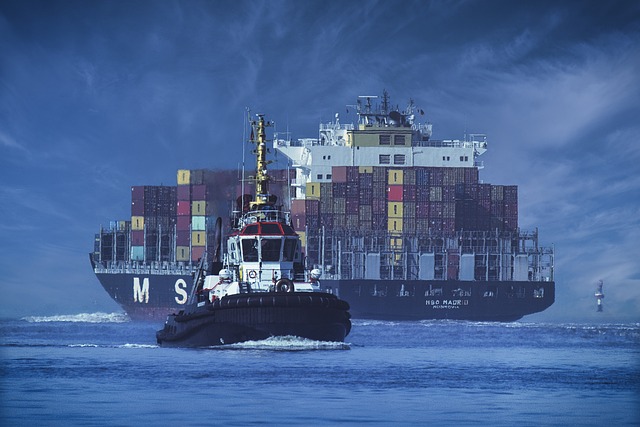Understanding classic car shipping costs involves considering distance, weight, transport type, care requirements, and destination. Research is key to saving money by comparing quotes from multiple carriers, exploring alternative routes and transport modes, and choosing enclosed carriers for enhanced protection. Proper vehicle preparation, including following manufacturer recommendations for storage and disassembly, prevents damage and associated repair costs. Adequate insurance coverage, such as comprehensive and liability policies tailored for vintage vehicles, offers peace of mind. To maximize savings, compare multiple quotes from reputable carriers, conduct regular maintenance checks, keep the car clean, and consider open-air transportation with adequate protection.
“Unleash your classic car’s potential with a seamless journey towards its new home! If you’re considering shipping your cherished vehicle, navigate the process effortlessly. This comprehensive guide reveals the secrets behind understanding and minimizing shipping costs, offering valuable Cost-Saving Tips for Car Shipping. From exploring insurance options to mastering savings strategies, ensure your vintage ride arrives safely and affordably. Whether a collector or enthusiast, discover how to make the most of classic car shipping.”
- Understanding Classic Car Shipping Costs: Factors and Savings Strategies
- Types of Insurance Coverage for Classic Cars During Transit
- Maximizing Your Savings: Tips for Smart Classic Car Shipping
Understanding Classic Car Shipping Costs: Factors and Savings Strategies

When considering classic car shipping services, understanding the cost structure is paramount to ensuring your budget aligns with your needs. Shipping a classic vehicle involves several variables that influence the overall price. These include the distance traveled, the weight and size of the car, the type of transport (e.g., open-air or enclosed), and the level of care required during transit. It’s also important to consider the destination; some locations may have higher shipping rates due to regional factors.
To implement effective cost-saving tips for car shipping, research is key. Comparing quotes from multiple carriers can significantly reduce expenses. Additionally, opting for less conventional routes or modes of transport can lead to substantial savings. Enclosed carriers, while more expensive, offer enhanced protection for valuable classics. Furthermore, ensuring your vehicle is properly prepared for shipping by following manufacturer recommendations for storage and disassembly can prevent damage and associated repair costs, ultimately contributing to a smoother financial journey during this specialized transport process.
Types of Insurance Coverage for Classic Cars During Transit

When shipping a classic car, ensuring proper insurance coverage is essential, offering peace of mind during transit. Several types of insurance options cater specifically to vintage vehicles, each with unique benefits. Comprehensive coverage protects against damage, theft, and vandalism, providing broad protection for your precious classic. Meanwhile, liability insurance covers legal expenses and repairs if your car causes an accident, which can be particularly relevant when shipping, as accidents involving older vehicles may require specialized knowledge for repair.
Cost-saving tips for car shipping include comparing multiple quotes from reputable carriers who specialize in classic cars. This market has niche experts who understand the unique needs of these vehicles. Additionally, insuring your classic through a specialized policy can offer better rates than standard auto insurance, as it reflects the lower risk associated with older, well-maintained vehicles.
Maximizing Your Savings: Tips for Smart Classic Car Shipping

Maximizing your savings is a key consideration when shipping a classic car, as these vehicles often come with significant historical and emotional value. One of the best Cost-Saving Tips for Car Shipping involves comparing multiple quotes from reputable carriers. Don’t settle for the first offer; shop around to see how prices vary between different companies. Remember that factors like distance, vehicle weight, and the level of care required can significantly impact shipping costs.
Another effective strategy is to prepare your classic car for transport by ensuring it’s in optimal condition. Regular maintenance checks, a clean interior, and a detailed exterior can reduce potential damage during transit and may even lower shipping rates. Additionally, opt for open-air transportation if feasible, as this method can be less costly than enclosed carriers, while still providing adequate protection for your precious classic car.
When shipping a classic car, understanding the costs and insuring against potential risks are essential steps. By navigating the various factors that influence shipping expenses and exploring different insurance options, you can make informed decisions to maximize savings without compromising your cherished vehicle’s safety during transit. Implement these cost-saving tips for car shipping, and you’ll be on your way to a successful classic car journey.
